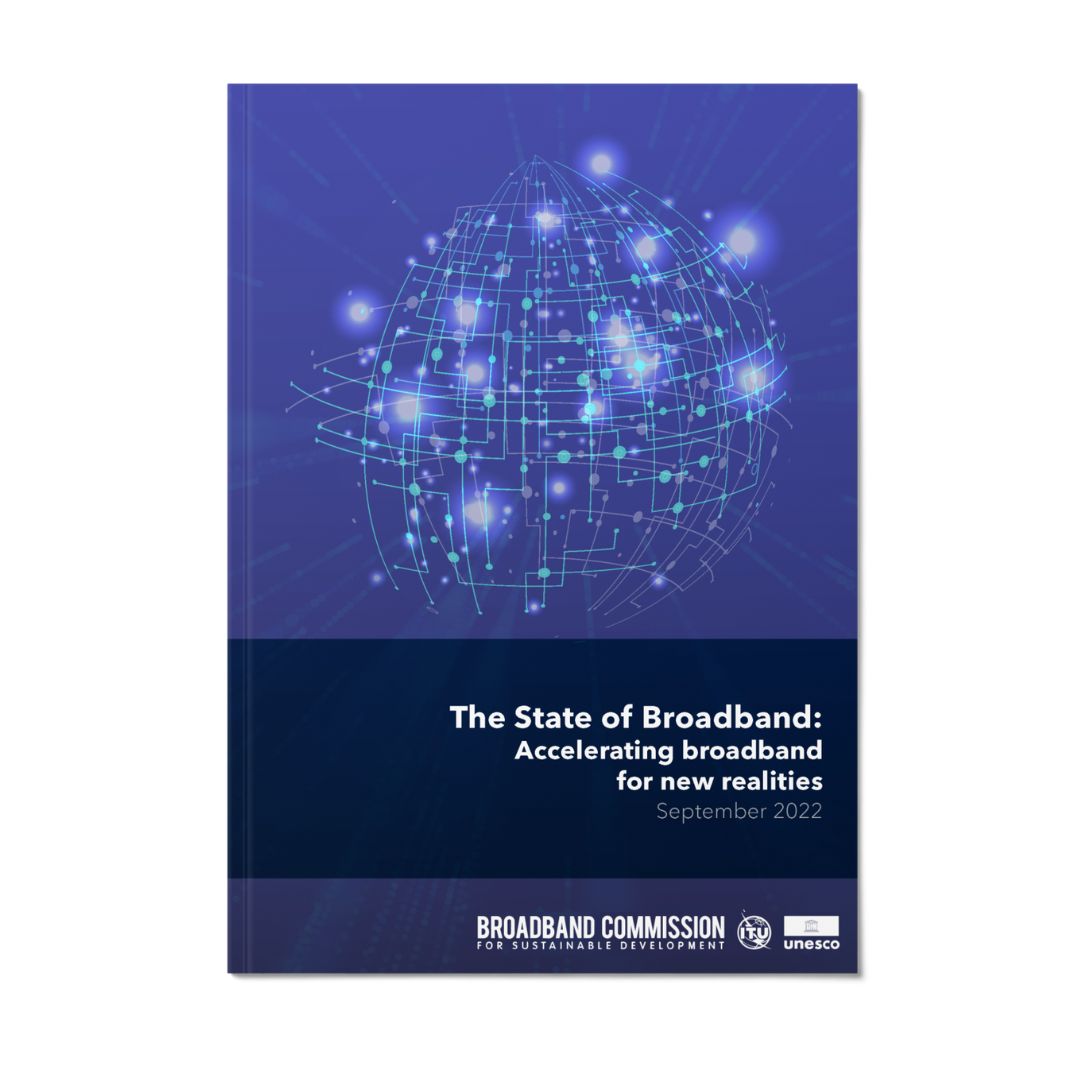What is digitalization? Is it a shadow system that works alongside existing mechanisms for government, business and society? Or is it an entirely new way of doing things? If we are to unlock digitalization’s full potential, we must choose the latter definition. It has the potential to be a new, better, safer way for society and business to operate—but only if digital decision-making is embedded into public and private services, rather than bolted on.
Three simple actions would help that happen.
1
First, see digitalization as holistic, and based on a shared understanding of how digital value is created and measured consistently across an organization, rather than as something that’s left to a Chief Digital Officer or Minister for Digitalization.
All organizations should start by assessing their own digitalization plans and ensuring senior leaders are all singing from the same hymn sheet.
Vendors of digital technologies, such as Nokia, also have a role here. We must ensure we understand our partners’ strategies before talking about solutions, and we should be clear about how digitalization can create value for our partners, whether that’s better policy-making, better policy delivery, productivity, efficiency or worker safety.
2
Second, ensure new technologies are secure.
Distributed denial of service attacks related to the ongoing war in Ukraine have targeted networks, banks, media and public sector organizations. This may be the beginning of a longer period of cyberattacks—the US Cybersecurity & Infrastructure Security Agency issued a “Shields Up” warning to businesses, advising organizations of all sizes to “prepare for, respond to, and mitigate the impact of cyber-attacks”.
In that context, people must be able to trust the security of digital technologies. Those in charge of buying, installing and running them must never settle for anything less than cast-iron security.
3
And third, understand what digital skills and literacy actually are.
Shortages in almost all STEM-based (science, technology, engineering and mathematics) professions are well publicized. But fundamental digital skills aren’t advanced. They are simple, covering things like knowing what the Internet is and how to access it. Even these most basic skills make it easier for people to access health care, banking and public services.
The 2025 Broadband Advocacy Targets include an ambition that 60 per cent of people should possess these digital skills by 2025. Currently we are nowhere near that figure. The more people appreciate the size and urgency of the shortfall, the easier it will be for digitalization to rise to the top of decision-makers’ priorities—and the sooner we can start to bring safe, reliable Internet access to everyone on Earth.


